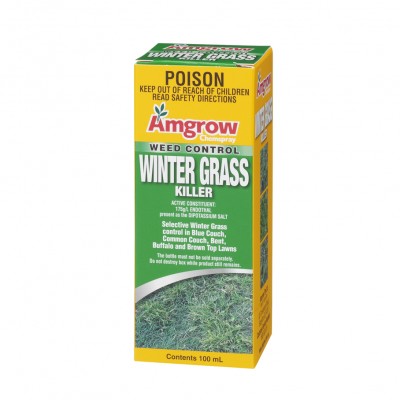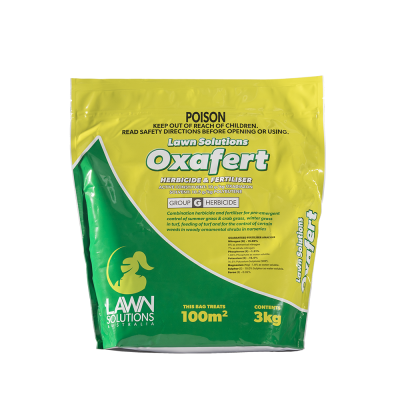In summer, warm season turf varieties like buffalo, couch, kikuyu, and zoysia will actively be growing for a quicker establishment. This means your new lawn will be ready to use sooner than you may think! In this blog, we look at how to install and care for a new lawn in summer.
Skip to: Top tips for laying a lawn in summer, Measuring out your area for turf, Soil preparation, Laying turf, Aftercare.
Why lay a new lawn in summer?
The lawn will actively be growing, helping your lawn establish a deep root system fast.
Top tips for laying a lawn in summer
- Install your turf as soon as it is delivered.
- If installing a lawn on a larger area, irrigate sections as soon as the turf is laid and then continue to install the rest of the lawn.
- Give the entire area a really good water after it is laid.
- Once installed water the lawn enough so the roots of the grass stay damp and don’t dry out. Check the turf every few hours to see if it needs another water.
- Once the lawn has started to root down into the soil profile you can start to reduce your watering’s.

Measure out your area
When measuring out an area for turf, it is best to sketch out your area on a piece of paper first. With your sketch, break up the area into basic shapes, then measure and record your measurements. You can then calculate the amount of turf needed by using our online calculator. We recommend adding an extra 5% to factor in cutting the turf into odd shapes in your lawn.

Soil preparation
The first step when preparing your soil is to remove any existing vegetation. We recommend using a non-selective herbicide containing glyphosate such as Roundup or Zero. After applying this it can take a few days to take effect. Then give the area a low mow over to remove the dead plant material. Follow up with a repeat application of glyphosate. With some lawns, you may need to 3-4 repeat applications of glyphosate to fully remove all the vegetation. On your final application, hoe and turn over the existing base to de-compact the soil profile.
For most turf varieties, an underlay of 80mm – 100mm of sandy loam (80% sand, 20% loam) is recommended.
Before you do start to lay your lawn, level out the soil underlay with a rake or a lawn leveller.
The thickness of the turf also needs to be considered, especially if you are wanting your lawn to sit flush with concrete or another surface. Turf will usually be cut 30-40mm thick, so you will need to allow extra space for this. For specific measurements on how thick your turf will be cut at, it is best to have a chat with your local turf supplier.
Need a quote for your new lawn?

Laying turf
As turf only has a shelf life of 24 hours once it is cut at the farm, it is best to start laying out your lawn as soon as possible to help prevent the turf rolls from drying out.
Lawn starter fertilisers like Lawn Launcher can be spread out onto the soil before the new turf is laid to help give the lawn an extra boost during its establishment.*When installing TifTuf Hybrid Bermuda in summer we don’t recommend using a starter fertiliser as it is a fast-growing grass.
Start off laying the turf furthest away from your exit to avoid walking over the freshly laid turf. Lay the lawn in a brickwork pattern with the edges butted up against each other while ensuring the roll has good contact with the soil underneath.
Once you have finished laying a section of the lawn out, we recommend irrigating each section straight away to help avoid the turf drying out.
When laying turf around trees or corners, use either a spade or shears to cut the turf to size. Keep any excess pieces till the whole area is completed as you may need them later.
After the lawn is installed, give the whole lawn a good water ensuring the roots and soil are damp.

Aftercare
For the first few weeks after laying your new lawn in summer you will need to keep the water up to the lawn. The number of times you need to water will depend on the weather conditions in your local climate. As a guide, your lawn will need at least 3 short watering’s a day. However, this can change depending on your local climate. For more specific advice on how often you should be watering your new lawn it is best to reach out to your local turf supplier.
After the lawn is fully established, it is best to only water the lawn as it needs. Water in the morning for around 30 mins less frequently will help encourage your lawn to grow down further into the soil profile, improving its drought tolerance. Have a look at our blog for more information on how to tell if your lawn needs a water here.
Your new lawn should be ready for its first mow once the roots of the grass grow down into the soil profile. To see if it is ready, try to lift the corner of a roll of turf from the ground. If you can’t lift the roll from the ground, it is ready to mow. With your first mow, raise the height of the mower on a slightly higher setting than what you would normally mow at. Over the next few mows then slowly bring the height back down.
Once the lawn has been installed for 6 weeks, it should be ready for its first feed. We recommend using a slow release granular fertiliser like our Lawn Solutions Premium Fertiliser.

For more specific advice on laying turf in your area, it is best to have a chat with your local turf supplier. You can find who your local suppliers are and their contact details here.


